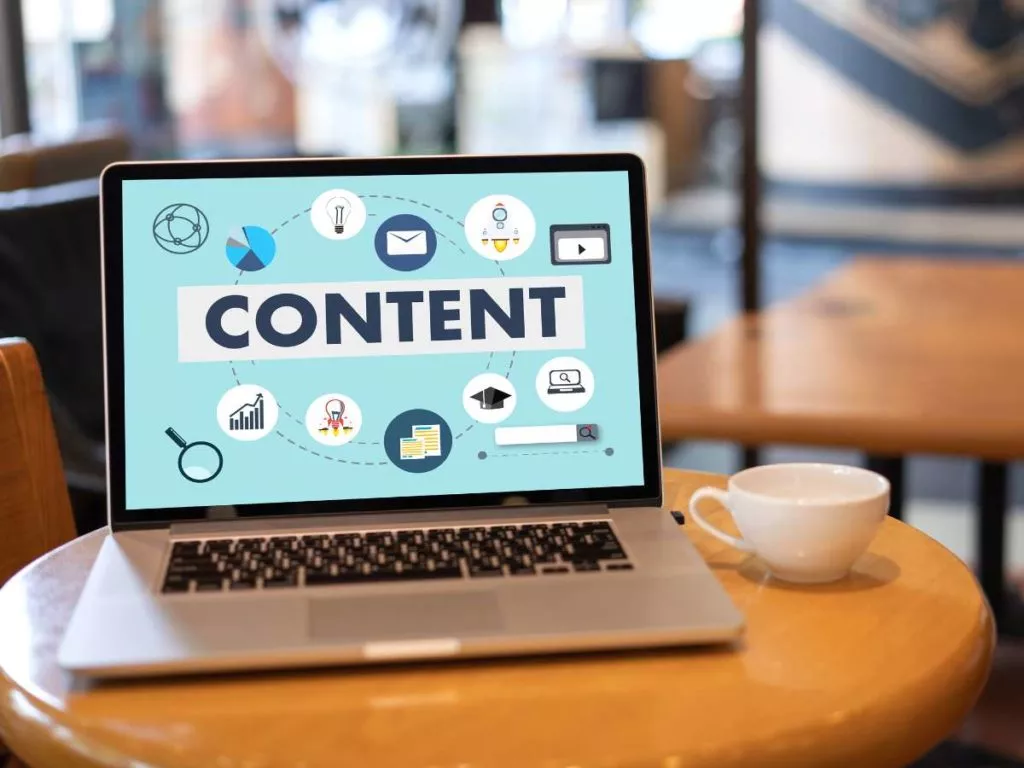Making a success out of your inbound marketing strategy is about many different things, but an airtight content production strategy tops the list. However, effective content production is about more than simply churning quality posts consistently.
It’s also about serving your target audience by helping them answer questions, make smart buying decisions, and learn how to get more out of products they may already own. Scannability is a huge part of hitting that mark, so it’s something every content creator and digital marketer should master.
But what is scannability really all about, and why is it such a big deal? And most importantly, how can digital-age content creators hone their writing skills with scannability in mind? Here’s a closer look at everything you should know.

Why is it essential for a blog to be scannable?
According to research conducted by the Nielsen Norman Group, only about 16 percent of new visitors to your site will actually read its content word for word, as you might be expecting them to do. That means most of them – a whopping 84 percent – will be scanning it for crucial tidbits of information instead.
What are they scanning for exactly?
They’re on the lookout for hooks like helpful headlines, eye-catching graphics, informative charts, key sentences, and other elements that will let them know this piece of content has the answers they’re looking for. If they find those elements, then they might stop and read more of what you’ve written.
People don’t just do this when assessing blogs and web pages, either
Scanning is also common behavior when reading magazines, newspapers, and other types of informative material. The easier your blog is to scan, the greater the chances of capturing a visitor’s attention long enough for them to absorb your message and take a closer look at what you’re offering.
That said, formatting your content with scannability in mind means laying it out so that it’s easy for visitors to process it this way. With literally hundreds of other options out there to choose from, you only have a few seconds to capture someone’s interest and convince them to stick around. Among other benefits, scannability results in:
- Lower bounce rates
- Higher probability of repeat visits
- Better retention rates when it comes to information absorbed
- Higher likelihood of making a credible, high-quality first impression
- Faster, more efficient completion times
And since Google is in the business of helping users find content that fits their needs, making your content scannable helps with efficient search engine optimization, as well.
Do graphics help with scannability?
Visual elements are huge when building a website and crafting content that satisfies visitors. Text formatting via elements like headlines, titles, paragraph size, and so forth can help make content easier to process and more appealing visually, but it’s not the whole picture.
Today’s web users are highly visual, as evidenced by the rise of media sites that revolve entirely around images and video. So, yes, graphics help immensely with the scannability of your content.
- Graphics like photographs, videos, graphs, and screenshots help draw the eye and capture a user’s interest, even if they’re scanning a page very briefly.
- Graphics help simplify complex concepts and make them easier to understand at a glance.
- The right graphic can, in and of itself, convince a visitor to stay and dig deeper.
However, it’s essential to understand that visuals must be used correctly. Otherwise, they could turn a visitor off and inspire them to go elsewhere just as easily as they could convince them to stay. For best results, avoid:
- Overcrowding your content with too many graphics or videos
- Using such large image files that it causes loading problems on your site
- Using graphics that are unoriginal, stock imagery that’s overused, etc.
- Failing to have a clear purpose in mind when including a particular graphic
How do you write scannable content?
Of course, knowing you’d like to increase the scannability of your blog or website is one thing. Actually accomplishing that is another. One fundamental way to do this is by populating your content production team with experienced experts and talented content writers proficient in SEO.
However, it also helps to have a working understanding of how to write scannable content yourself. Here’s a crash course on how to get it right.
Make good use of headings and subheadings
Headings and subheadings are among the most effective ways to boost your content’s scannability quotient and make it more readable overall. When used effectively, they highlight what you’ve written, making it easy for visitors to tell at a glance what your content is really about.
Headings also make it easier for readers to skim entire pieces in search of the information they need, as well as go back to important information they may have already read. A solid heading structure helps Google make sense of your content, as well.
Add organizational elements like bullet lists or numbers
Bulleted or numbered lists are terrific ways to highlight information that’s extra relevant or noteworthy, the better to ensure a visitor doesn’t miss it. Try them as techniques for simplifying instructions or listing key elements in a series.
Bullet points, numbered lists, and similar elements also help to break up your text, make it more visually appealing, and make it easier to scan overall. And, of course, Google loves elements like these, so they’re great for SEO, as well.
Left-align your text
Web users tend to use one of several different scanning patterns when perusing a new website to see what it’s all about. Examples include:
- Z Pattern: The person reads from left to right until they spot a new subtitle or another content break. At that point, their gaze drops diagonally down to the beginning of that subtitle.
- Zigzag Pattern: The person’s gaze literally zigs and zags from the top of the page to the bottom while scanning the content. This is common with long-form content consisting of multiple short paragraphs.
- F Pattern: The person reads from left to right, absorbing key elements like headings and opening paragraphs. Their eye then drops along the left-hand margin in search of additional information.
Generally speaking, the F pattern is considered the most desirable if you really want visitors to absorb your content. Left alignment helps encourage this scanning pattern.
Use short sentences and paragraphs
No one enjoys picking through big, blocky walls of text when looking for information online, especially if they’re using a mobile device like a smartphone. However, short sentences and small paragraphs are pleasing to the eye and easy to digest at a glance.
You’ll want to make sure your paragraphs flow naturally and logically from one to the other, though, as it’s not enough to randomly break a big block of text down into smaller elements. If you struggle with this, hiring an experienced content writer or editor can help.
Add relevant images and videos
The right graphics are more than just a good idea when it comes to boosting the scannability and value of your content. Without any graphics, a piece of content can feel naked and unfinished, turning visitors off.
So always choose at least one or two images, videos, or other visual elements to introduce and illustrate your content. Each addition should add value to your writing and complement the portion of the content where it appears.
When selecting images and visual media, it’s crucial to consider:
- The quality of the visual
- Whether the visual will impact load times
- Whether the visual is in line with the brand voice and tone of the content
- How you’ll describe the visual or otherwise weave it into your narrative
Make smart use of bolded or italicized text
Italics are great for adding emphasis to certain words within your text, helping it sound natural, or highlighting quotes. Bolded text is ideal for drawing attention to words, sentences, or phrasing you want to make sure stand out to your reader because of their importance.
Like headings, subheadings, and graphics, specially formatted text helps a visitor assess your content at a glance and make sense of what it’s all about. But use it sparingly and only when it makes sense.
Wrapping up
Ultimately, scannability is about helping your content shine and stand out to precisely the people you wrote it for.


